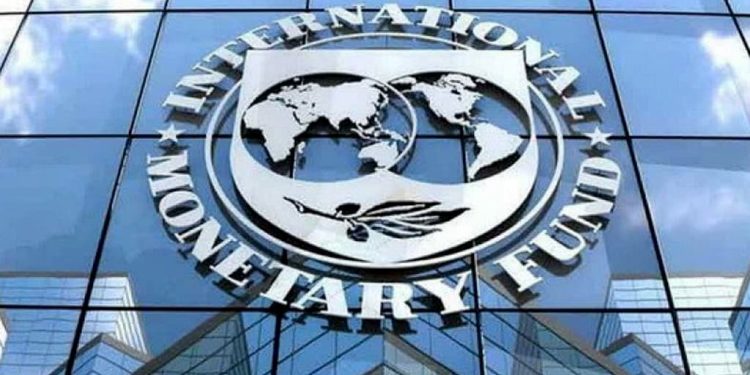The International Monetary Fund (IMF) has projected that Nigeria’s public debt to Gross Domestic Product (GDP) ratio will increase to 46.6 percent in 2024 and 46.8 percent in 2025. This represents a 0.3 percentage point and 0.5 percentage point increase respectively compared to the IMF’s projection for 2023.
According to a report by Nigeria’s Vanguard newspaper on Monday, the IMF disclosed this information in its Fiscal Monitor for April 2024 titled: “Fiscal Policy in the Great Election Year.” The report also indicates a downgrade in the country’s fiscal balance-to-GDP ratio to -4.6 percent in 2024 from -4.2 percent in 2023.
The IMF highlights that a large portion of loans on concessional terms, coupled with high inflation and resulting favorable interest-growth differentials, has helped maintain average public debt-to-GDP ratios in low-income developing countries at around 50 percent of GDP since 2020. However, there was a slight increase to 53 percent of GDP in 2023, primarily due to exchange rate depreciation in Nigeria.
The report emphasizes the heavy debt-service burdens faced by countries, with debt-service costs amounting to 13 percent of total spending and nearly 25 percent of tax revenues on average in 2023, which is double the level observed 15 years ago. In Nigeria, the debt-service burden amounts to around 56 percent of tax revenues. These high debt-servicing costs limit spending on essential services and critical investments necessary for economic resilience and poverty reduction.
Furthermore, the report warns that low-income developing countries are increasingly borrowing on commercial terms, exposing them to interest rate and foreign exchange risks. This situation heightens the risks associated with debt refinancing, especially as substantial amounts of external debt, approximately $60 billion, are due for repayment in 2024–25, which is three times the average amount in the 2010s.




